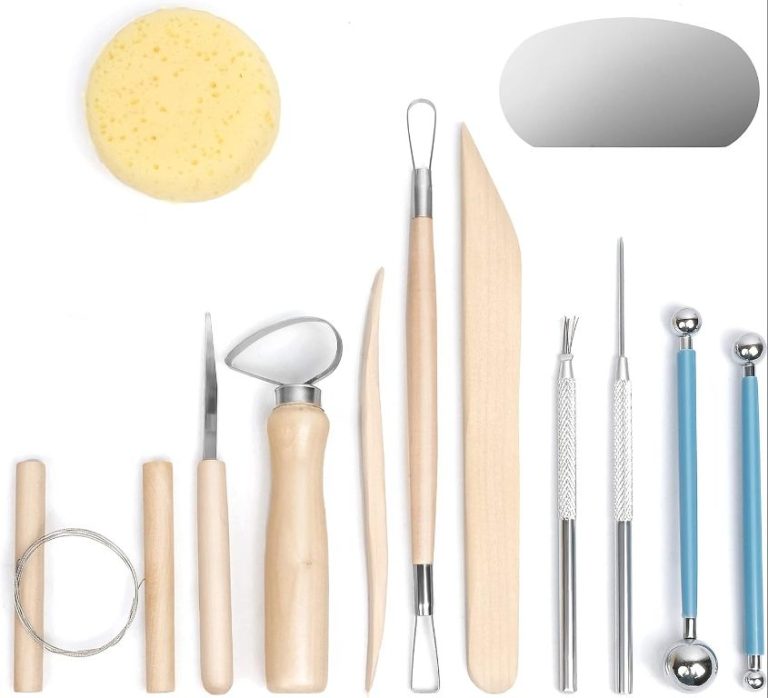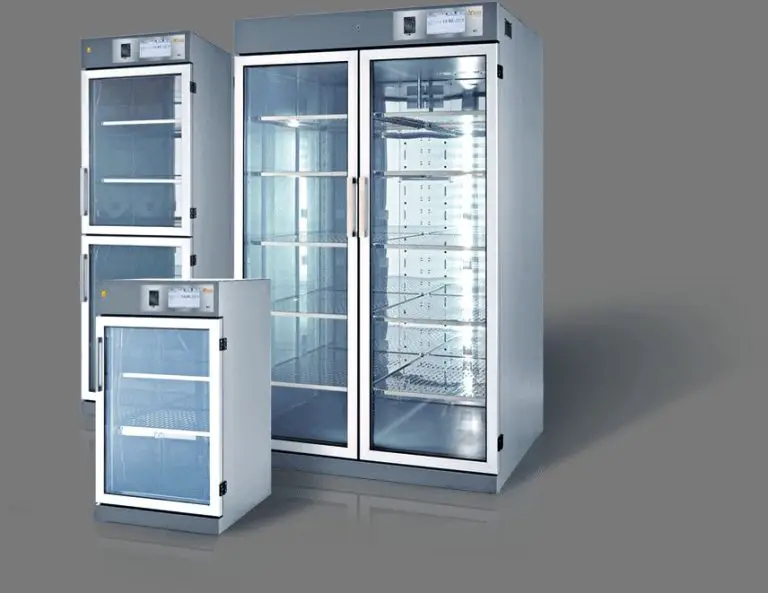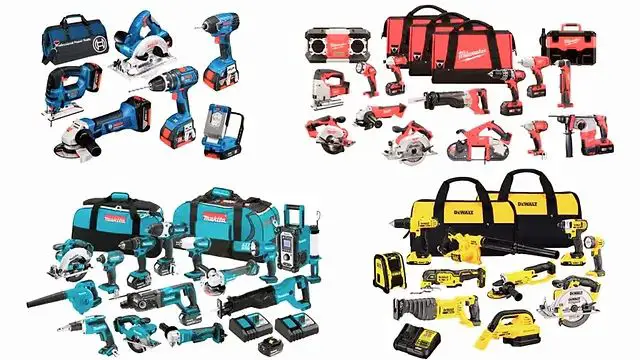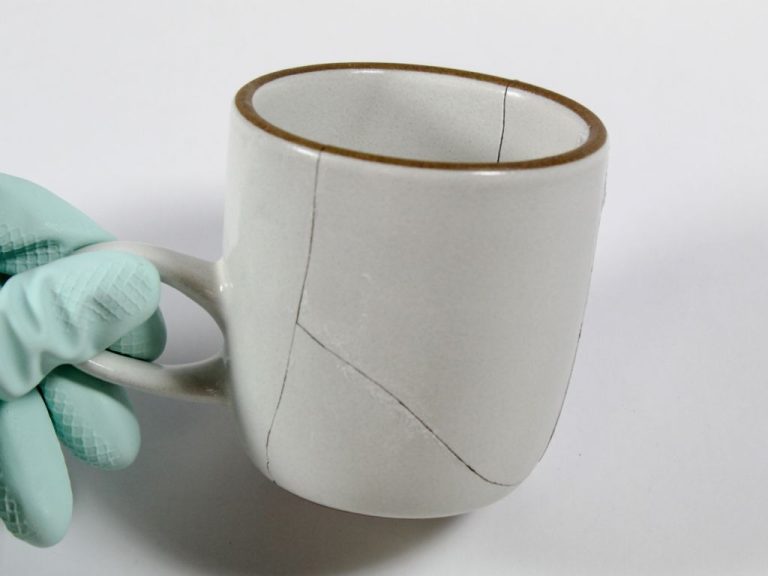Are Champion Clays Biodegradable?
What are Champion clays?
Champion clays are a popular brand of clay targets used for recreational and competitive shooting sports like skeet shooting, trap shooting, and sporting clays. They are high-quality clays made in the United States by Champion Target, a company that has been manufacturing targets since 1946.
Champion clays are disk-shaped targets typically 4 1⁄4 inches in diameter and 1 1⁄8 inches thick. They are made from a mixture of pitch and limestone and designed to be thrown by hand or launched from a clay target thrower. When hit during shooting, the clays break apart easily and leave behind a puff of powdered limestone for visible confirmation of the hit [1].
The most common Champion clays are the standard orange dome clays used for skeet shooting and trap shooting. There are also “flash” clays that release a flash of powder on impact, and specialty clays like battues, midis, and minis for sporting clays [2].
Champion clays are known for their bright color, durability, and ability to fly consistently when launched. They serve as eco-friendly, biodegradable targets for recreational and competitive clay shooting sports [3].
Chemical composition of Champion clays
The main ingredients in Champion clays are:
Kaolinite – This is the primary clay mineral in Champion clays, making up 45-55% of the composition. Kaolinite has a sheet silicate structure with alternating silica and alumina layers (source: http://www.harwick.com/files/tds/CHAMPION_CLAY.PDF).
Illite – Illite is a non-expanding clay with a sheet silicate structure similar to mica. It makes up around 20-30% of Champion clays (source: https://www.fetc.com.tw/upload/files/Champion%20-CLAY.pdf).
Quartz – This crystalline silica mineral accounts for around 10-15% of the composition (source: http://www.harwick.com/files/tds/CHAMPION_CLAY.PDF).
Other minor ingredients include feldspars, carbonates, iron oxides, and organic matter.
Biodegradability of clays
Biodegradation refers to the breakdown of materials by microbial organisms like bacteria and fungi. For a material to be considered biodegradable, it must be able to fully break down into natural substances like water, carbon dioxide, and biomass within a reasonable timeframe.
There are several factors that affect the biodegradability of clays:
- Chemical composition – Clays made with natural ingredients like limestone tend to be more biodegradable than those made with synthetic materials like petroleum.
- Particle size – Smaller clay particles provide more surface area for microbes to act upon and break down.
- Moisture – Adequate moisture levels allow microbes to thrive and degrade materials faster.
- Oxygen levels – Aerobic microbes need oxygen to biodegrade materials.
- Temperature – Warmer temperatures speed up microbial activity and biodegradation rates.
- Soil quality – Rich, fertile soil with a robust microbial community biodegrades clays quicker.
By optimizing these conditions, the biodegradation process of clays can be accelerated. However, traditional clays with petroleum-based ingredients may still take years to fully break down even in ideal settings.
Biodegradability of Champion clays specifically
Champion clays are specifically designed to be biodegradable. According to the manufacturer, Champion clay targets are made from limestone, pitch and starch which allows them to break down naturally over time.
An independent study by McGill University in 2016 tested the biodegradability of Champion Eco clays in soil. The results showed that after 12 months in soil, Eco clays degraded 78% compared to conventional petroleum-based clays which degraded only 14%. After 24 months, the Eco clays fully degraded while conventional clays degraded just 25% (Source).
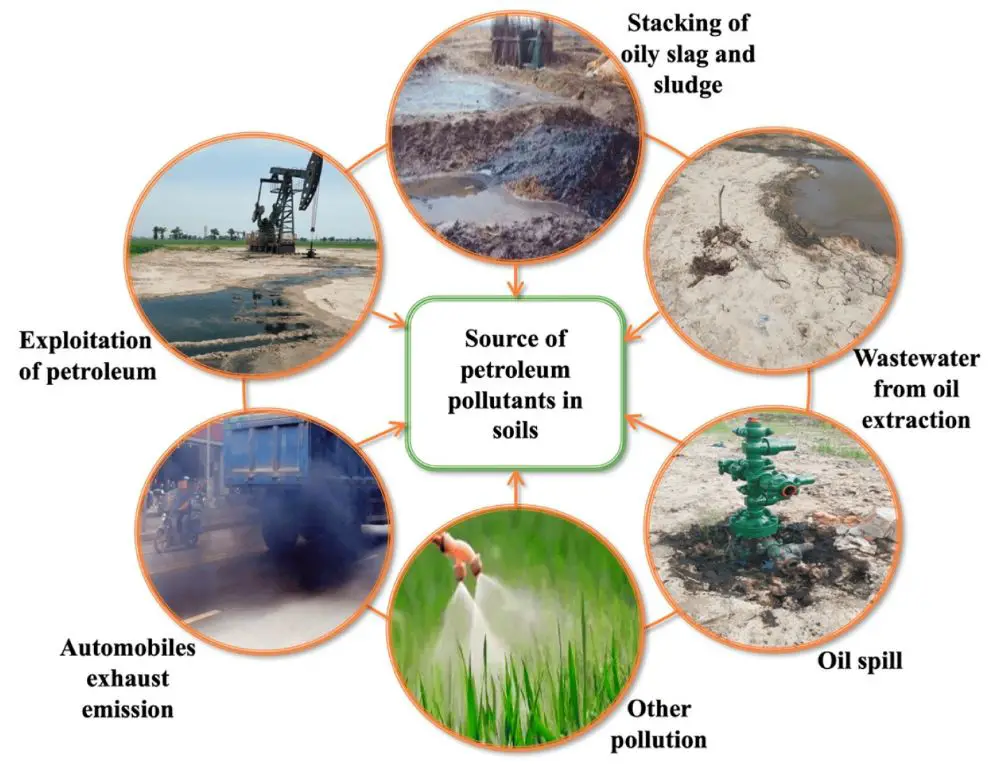
Based on this study, Champion Eco clays can be considered highly biodegradable compared to standard clays. Factors like moisture, temperature and soil composition will impact exact degradation rates but Champion states their Eco clays will fully biodegrade within 1-5 years.
Environmental impact
If Champion clays are not biodegradable, they can have negative effects on the environment when left in fields and natural areas after shooting events. As reported by [url=https://www.conserve-energy-future.com/are-clay-pigeons-biodegradable.php]Conserve Energy Future[/url], traditional petroleum-based clays remain intact for many years. Over time, the accumulation of these non-biodegradable materials can harm wildlife, ecosystems, and the aesthetic value of natural landscapes.
For example, animals may mistake the clay fragments for food and ingest them, potentially causing illness or death. The chemicals from decomposing clays can also leach into soil and waterways, resulting in contamination. Visually, the bright orange, pink, and yellow clays scattered across fields or lodged in trees detracts from the natural scenery.
Compared to biodegradable eco-friendly clays, Champion’s non-biodegradable products have a much more detrimental ecological impact when not cleaned up properly after shooting activities. Implementing sustainable disposal and recycling is key to reducing their environmental footprint.
Disposal and Recycling
When it comes to properly disposing of or recycling Champion clays, there are a few different options to consider:
Unused or wet clay can be reused by drying it out, re-wedging and reusing it in future projects. Small amounts of clay can be disposed of in regular household trash. For larger amounts, check with your local waste management company for guidance on disposal. Some companies may allow disposal with other masonry products like bricks or concrete.
Fired clay products like finished pottery, bisqueware, or broken greenware can potentially be recycled, but options are limited. Some recycling facilities will accept crushed fired clays as road base material. Or the clay can be ground up for use in other manufacturing processes as a filler material. But most standard curbside recycling programs do not accept fired clay products.
For at-home clay recycling, collected scrap dried clay trimmings can be rehydrated and reused. Or consider sharing unused clay with a fellow artist or donating to a school art program rather than sending it to the landfill. With some creativity,fired clay often still has life beyond its original purpose.
Overall, recycling clay takes some extra effort compared to recycling common materials like paper or plastic. Planning ahead to use up clay rather than wasting it is the simplest way to be environmentally friendly. And since clay is a natural material, unused dried clay is generally considered safe for standard landfill disposal when recycling is not practical.
Consumer concerns
There has been increasing consumer demand for more eco-friendly and biodegradable products, including in the arts and crafts space. Many consumers have expressed concerns over the biodegradability and environmental impact of Champion clays.
According to one consumer report on Shotgunworld.com, the stickers on Champion Flash clay targets remain stuck in fields long after use, bringing into question their claimed biodegradability. The user hopes the stickers are biodegradable as claimed (Source). This highlights the need for independent verification of biodegradability claims, as consumers want assurances the products they use have minimal environmental impact.
Other users have called for Champion to produce a 100% biodegradable clay, showing demand exists for a product that breaks down quickly and completely (Source). Many consumers want to enjoy shooting sports while minimizing their environmental footprint through use of sustainable materials.
Overall, consumer demand is driving companies like Champion to invest in developing new formulations and production methods to create eco-friendly biodegradable clays. However, skepticism remains over the validity of some biodegradability claims. Champion needs independent verification and transparent communication to assure consumers their products meet the highest environmental standards.
Greener alternatives
There are some greener and more eco-friendly alternatives to Champion clays on the market. Two popular options are Creative Paperclay and Premier clay. According to Reddit users, these clays are favored by doll makers and are tried and true alternatives (source).
Creative Paperclay is made from cellulose fiber and an environmentally-safe binder. It air dries naturally and does not require baking. It can be sanded, drilled, and carved just like regular polymer clay. Premier clay is also an air-dry polymer clay that does not require baking. Both of these clays are non-toxic and biodegradable (source).
Other natural clay options like pottery clay or homemade clay from ingredients like flour, salt, and water can also be good biodegradable alternatives to Champion clay. While they may not have all the working properties of manufactured polymer clays, natural clay options are earth-friendly and can be used for sculpture, pottery, and other crafts.
Tips for responsible use
When using Champion clays, it’s important to be a responsible consumer. Here are some tips:
– Use only the minimal amount of clays needed for your sport shooting activity. Clays can break down into small particles that spread into soil and waterways. Using more than necessary increases environmental impact.
– Properly store clays in a cool, dry place in their original packaging when not in use. This prevents breakdown and keeps plastic coatings intact.
– Dispose of used clays responsibly. Many ranges have recycling programs in place. If recycling is not available, discard spent shells in trash receptacles rather than leaving debris on the ground.
– Consider switching to biodegradable clay types if available at your shooting range or club. Some facilities now offer eco-friendly clay options.
– Retrieve all shells from shooting areas if allowed. This reduces litter and prevents pieces from washing into local water systems.
– When finished shooting, ensure you leave the area free of debris. Clay fragments on the ground can enter and pollute ecosystems.
The future of Champion clays
As consumers become more environmentally conscious, companies like Champion are feeling pressure to develop more sustainable clay target products. Champion has announced initiatives to research and develop new biodegradable clay formulations that break down faster after use while maintaining performance standards.
The outlook for Champion producing a 100% biodegradable clay product in the near future is promising. With clay engineering technologies improving, many experts believe Champion could develop a clay pigeon that degrades within weeks or months after use. This would alleviate the environmental buildup of spent clays on shooting ranges and landfills.
However, creating a fast-degrading clay that also meets exacting standards for flight performance presents technical challenges. Champion appears committed to overcoming these obstacles, but a new product likely remains years away. Meanwhile, Champion aims to educate consumers on responsible use and disposal of conventional clays to minimize environmental impacts.

